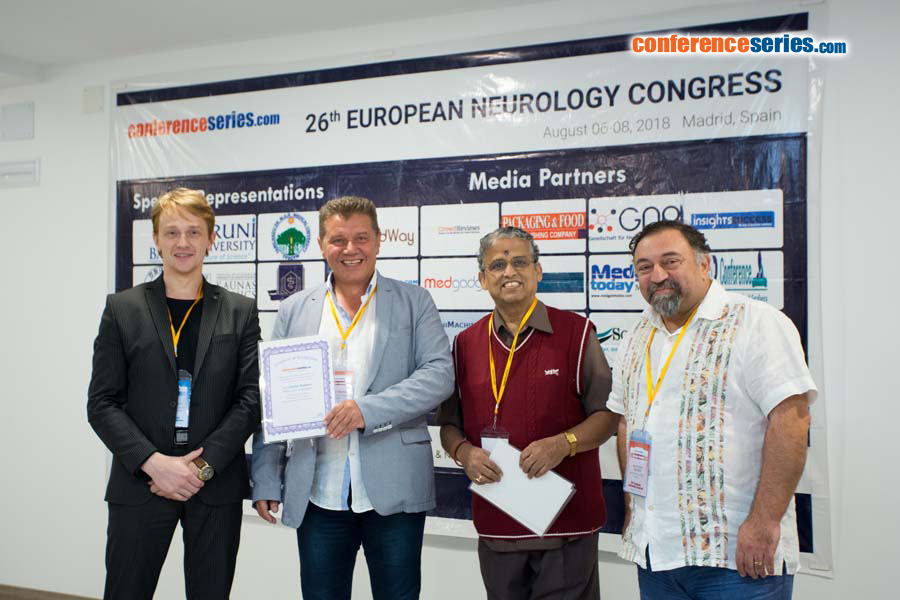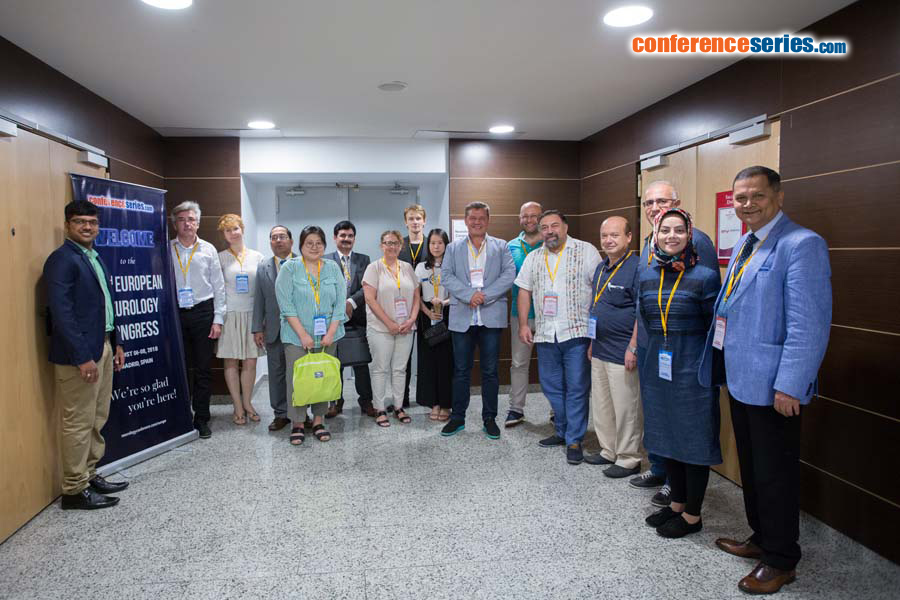
Tomas Budrys
Lithuanian University of Health Sciences Clinical Hospital, Lithuania
Title: Fluorodeoxyglucose-18-PET/CT in preoperative epilepsy – our experience
Biography
Biography: Tomas Budrys
Abstract
Aim & Introduction: Successful surgical ablation depends on accurate localization of the epileptogenic cortex. This is important both to ensure a complete resection of the epileptogenic focus and to reduce the resection volume as much as possible, limiting any potential neurocognitive deficits. To this end, patients typically undergo an intensive and extensive preoperative evaluation in combination with anatomical and functional imaging. We compared the amount of epileptogenic foci, determine most common localizations of epilepsy focal points in both functional and structural imaging methods and determined the success rate of surgery in the operated patients when the focal points of epilepsy coincided in all three imaging methods.
Methods: Fourteen patients underwent neurosurgical operation with removal of epileptogenic foci. Assessment of normality was verified by the Kolmogorov-Smirnov and Shapiro-Wilk tests. The Wilcoxon Signal Criteria were used to compare the two dependent samples whose data did not match the normal distribution. Concordance was evaluated by using Cohen's kappa (κ).
Results: Ten out of fourteen patients underwent surgery and demonstrated excellent postsurgical outcomes, with no epileptic seizures one year or more aft er the operation; 3/14 patients had 1-2 seizures aft er surgery and one patient had same or more epileptic seizures in duration of one year or more. Most common localization for epileptogenic activity in all three methods was temporal lobe (39.6-48.6%).
Conclusion: Surgical treatment may offer high hope for patients with intractable epileptic seizures. PET/CT are extremely useful imaging method to assist in the localization of epileptogenic zones. The dynamic functional information that brain PET/ CT provide is highly complementary to anatomical imaging in MRI and functional information in EEG.
Recent Publications :
1. Fisher R S, Acevedo C, Arzimanoglou A, Bogacz A, Cross J H, Elger C E, et al. (2014) ILAE offi cial report: A practical clinical defi nition of epilepsy. Epilepsia 55:475–82.
2. Murray C J, Vos T, Lozano R, Naghavi M, Flaxman A D, Michaud C, et al. (2010) Disability-adjusted life years (DALYs) for 291 diseases and injuries in 21 regions, 1990-2010: A systematic analysis for the Global Burden of Disease Study 2010.Lancet 380(9859):2197–223.
3. Maganti R K and Rutecki P (2013) EEG and epilepsy monitoring. Continuum (Minneap Minn) 19(3):598–622.
4. Roy T and Pandit A (2011) Neuroimaging in epilepsy. Annals of Indian Academy of Neurology 14(2):78-80.
5. Cendes F (2013) Neuroimaging in investigation of patients with epilepsy. Continuum (Minneap Minn) 19(3):623–42.




